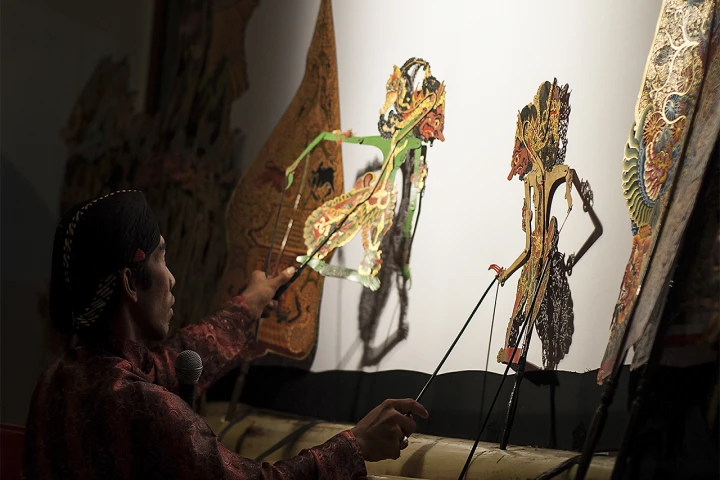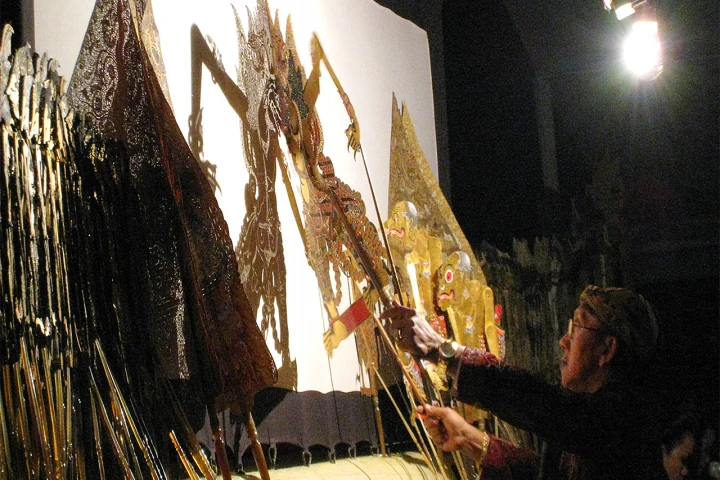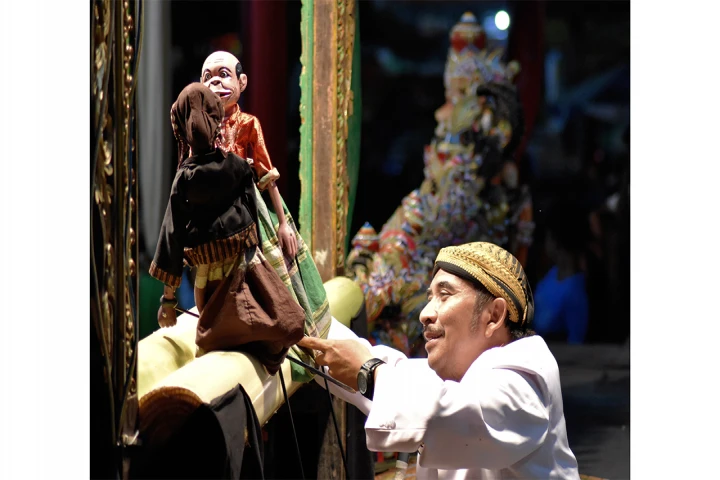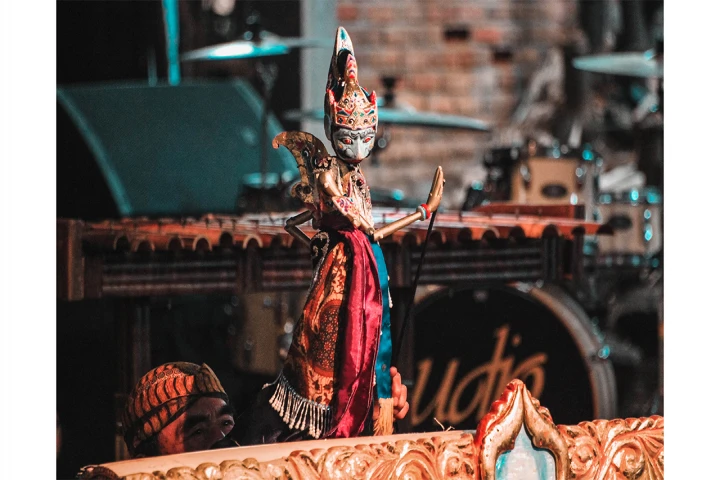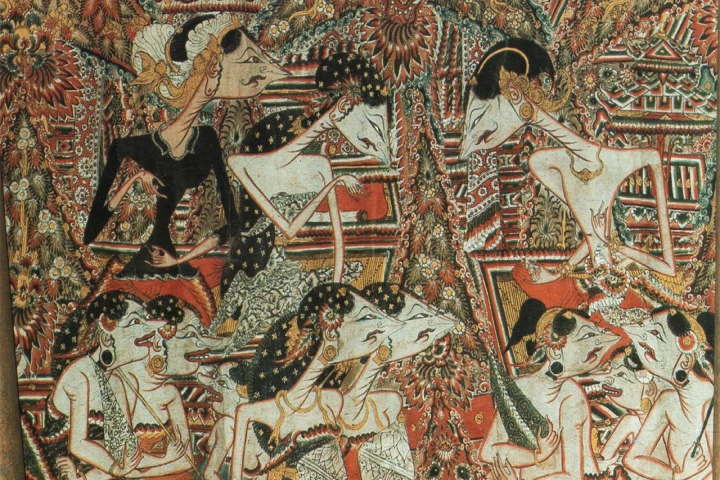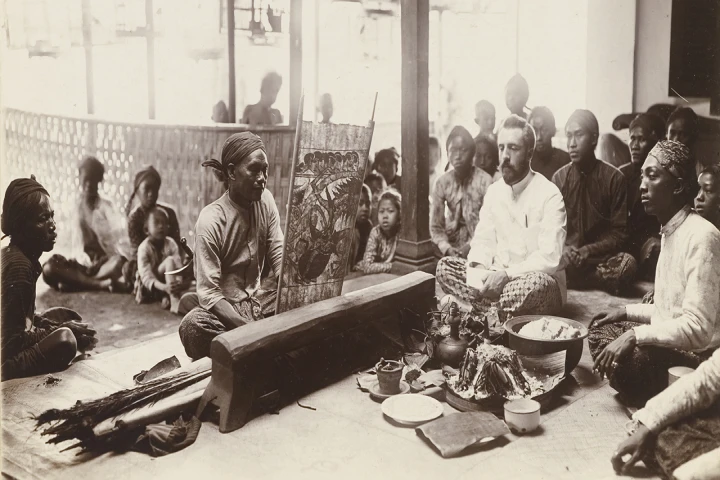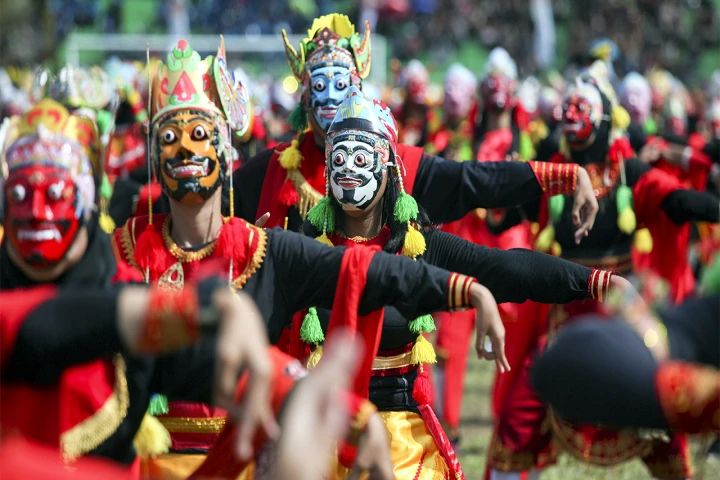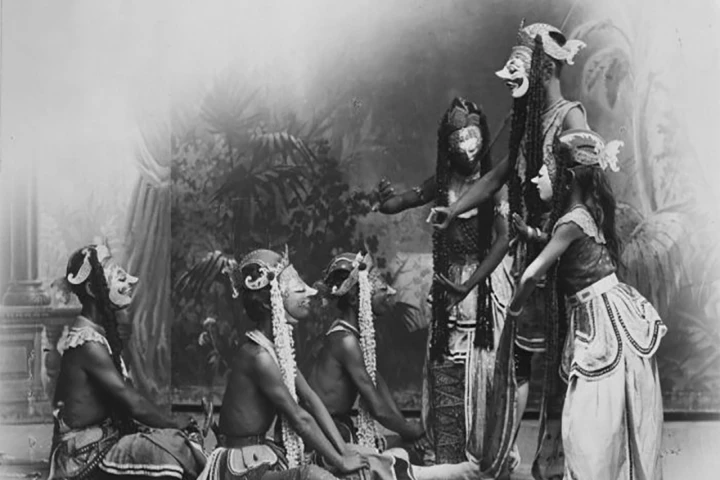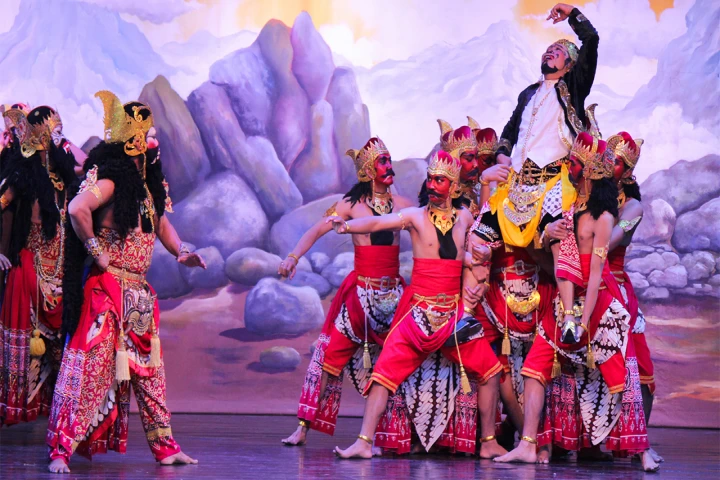Wayang: The Eternal Legacy of Nusantara
admin
13 October 2021
Wayang is a traditional form of puppet theater play from Java, Indonesia. Generally, the term wayang refers to the whole dramatic performance. However, it also refers to puppets made of leather or wood.
The term wayang was originated in Javanese, meaning ‘shadow’, for the audience can watch wayang from behind the screen, watching the shadow.
A gamelan orchestra accompanies the wayang puppet theater performances in Java and gender wayang in Bali. The stories in wayang commonly portray mythology, such as Hindu epics Ramayana and Mahabharata and the local cultural legends.
Traditionally, wayang is performed in a ritual performance from midnight until dawn by a dalang—an artist and a spiritual leader.
There are various types of wayang made of different materials, such as leather puppets, made of cowhide, wayang golek (wooden puppet) made of wood, wayang beber showed in a scroll-painted presentation. In addition, there is also the type of wayang performed directly by humans, such as wayang wong and wayang topeng.
Wayang is one of the peaks and the most prominent Indonesian culture among many other cultures. Wayang traditions include acting, singing, music, drama, literature, painting, sculpture, carving, and symbolic arts. Wayang traditions, which continue to develop from time to time for more than a thousand years, also become the media of information, preaching, education, philosophical understanding, and entertainment.
Image sources:
-
Gunawan Kartapranata/Wikimedia Commons
-
PL 05 SIGIT/Wikimedia Commons
-
Sudanto Ponco Sularso/Wikimedia Commons
-
Nahata def fathan/Wikimedia Commons
-
Kant-Achille, Seltmann, & Schumacher
-
The Collection of Leiden University Libraries
-
Muhammad Iqbal/Wikimedia Commons
-
Tropenmuseum Collection
-
erditama/Wikimedia Commons
-
Gunawan Kartapranata/Wikimedia Commons
